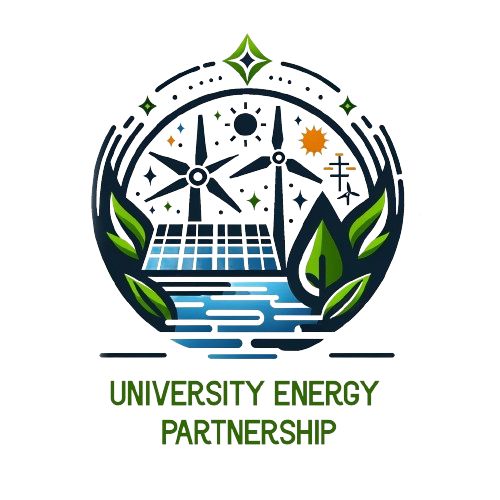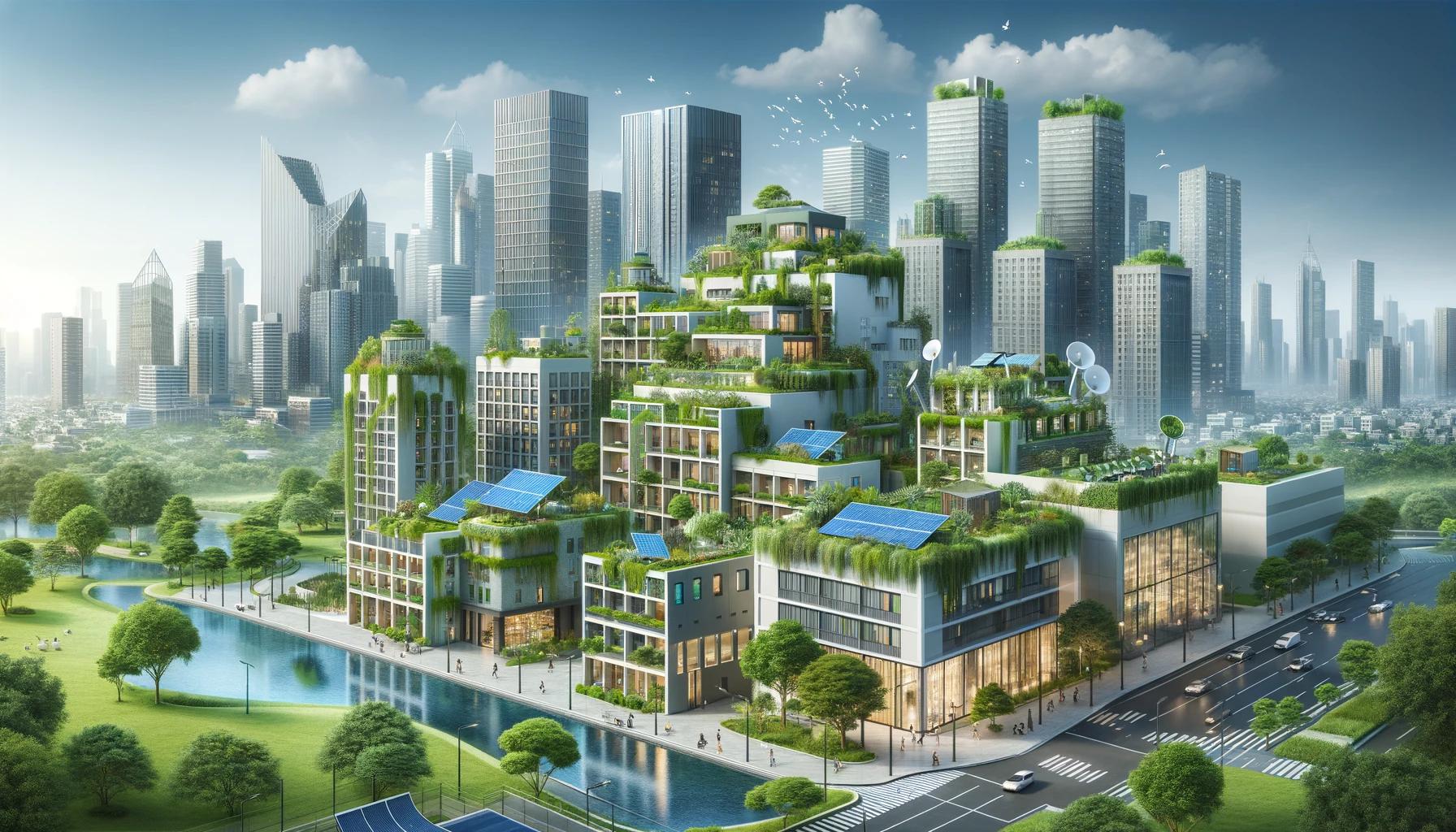Green building technologies have become increasingly important in the construction industry as the world grapples with environmental challenges and the need to reduce carbon emissions. These technologies aim to create more sustainable and energy-efficient buildings while minimizing their impact on the environment. In recent years, there have been significant advancements in green building technologies, driving the industry towards a more sustainable future. This article explores some of these key advancements under several H2 subheadings.
1. Sustainable Materials and Construction Techniques
1.1. Recycled and Low-Impact Materials
One of the most significant advancements in green building technologies is the use of sustainable materials. Traditional construction often relies on resource-intensive materials like concrete and steel. However, architects and builders are now turning to recycled and low-impact materials such as reclaimed wood, recycled metal, and bamboo.
Reclaimed wood, for instance, reduces the demand for virgin timber and prevents old wood from ending up in landfills. Bamboo is another sustainable choice as it grows rapidly and is highly renewable. Using these materials not only decreases the carbon footprint of a building but also adds a unique aesthetic appeal.
1.2. Prefabrication and Modular Construction
Prefabrication and modular construction methods have gained popularity in recent years due to their ability to reduce construction waste and increase efficiency. These techniques involve the off-site assembly of building components, which are then transported to the construction site for assembly. This significantly reduces on-site waste and construction time.
Modular construction, in particular, allows for the creation of entire building modules in controlled factory environments. This minimizes waste and improves the quality and precision of construction. Moreover, modular buildings are designed to be easily disassembled and reused, further promoting sustainability.
2. Energy Efficiency and Renewable Energy Integration
2.1. Advanced Insulation and Passive Design
Energy efficiency is a cornerstone of green building technologies. Advances in insulation materials and passive design strategies have enabled buildings to minimize heat loss and gain, reducing the need for excessive heating and cooling. High-performance insulation materials like aerogels and vacuum insulation panels offer superior thermal resistance with minimal thickness.
Passive design principles involve strategically positioning windows, walls, and roofs to maximize natural lighting and ventilation while minimizing the need for artificial heating and cooling. Computer simulations and modeling tools have made it easier for architects and engineers to optimize passive design strategies for different climates and building types.
2.2. Solar Power and Energy-Efficient HVAC
The integration of renewable energy sources such as solar panels has become increasingly common in green building projects. Solar panels on rooftops and facades generate clean electricity, reducing a building’s reliance on fossil fuels and lowering its carbon emissions.
Energy-efficient HVAC (Heating, Ventilation, and Air Conditioning) systems are another crucial aspect of green building technology. Advances in this field include the development of variable refrigerant flow systems, smart thermostats, and heat recovery ventilation systems. These innovations significantly reduce energy consumption while maintaining comfortable indoor environments.
3. Water Conservation and Management
3.1. Low-Flow Fixtures and Greywater Recycling
Green building technologies also prioritize water conservation and management. Low-flow fixtures, such as toilets and faucets, use significantly less water than traditional counterparts while maintaining functionality. These fixtures reduce water consumption and lower utility costs for building occupants.
Greywater recycling systems capture and treat water from showers, sinks, and laundry, which can then be reused for non-potable purposes like landscape irrigation and toilet flushing. Such systems reduce the demand for freshwater resources and contribute to sustainable water management.
3.2. Rainwater Harvesting and Stormwater Management
Rainwater harvesting systems collect and store rainwater for on-site use. This practice reduces the strain on municipal water supplies and helps prevent soil erosion and flooding. Additionally, innovative stormwater management solutions, such as permeable pavement and green roofs, allow for the natural infiltration of rainwater, reducing runoff and pollutant discharge into local water bodies.
4. Smart Building Technologies
4.1. Building Automation Systems
Advancements in smart building technologies have transformed the way buildings are managed and operated. Building Automation Systems (BAS) use sensors, data analytics, and control systems to optimize energy usage, lighting, and HVAC systems. These systems can adapt to real-time conditions, making buildings more energy-efficient and comfortable for occupants.
4.2. IoT Integration and Data Analytics
The Internet of Things (IoT) has revolutionized the building industry by enabling the integration of various devices and systems. Building managers can remotely monitor and control lighting, security, and energy consumption through IoT-enabled devices. Furthermore, data analytics tools can analyze building performance data to identify areas for improvement and optimize energy usage, ultimately leading to reduced operational costs.
5. Sustainable Certifications and Regulations
5.1. LEED and Other Certification Programs
Sustainable building certifications like Leadership in Energy and Environmental Design (LEED) have become benchmarks for green construction. These programs assess a building’s sustainability across various categories, including site selection, materials, water efficiency, energy performance, and indoor environmental quality. Achieving LEED certification demonstrates a commitment to sustainability and can enhance a building’s market value.
5.2. Stringent Building Codes and Incentives
Governments and local authorities have recognized the importance of green building technologies in mitigating climate change. As a result, many regions have adopted stringent building codes that mandate energy-efficient construction practices. Additionally, various financial incentives, tax credits, and rebates are available to encourage builders and developers to incorporate green technologies into their projects.
6. Indoor Air Quality and Health
6.1. Ventilation Systems and Air Filtration
Indoor air quality is a critical aspect of green building technologies. Advanced ventilation systems and air filtration technologies help maintain clean and healthy indoor environments, reducing the risk of respiratory illnesses and enhancing occupant well-being.
6.2. Biophilic Design and Natural Materials
Biophilic design principles emphasize the connection between humans and nature within the built environment. The integration of natural materials, living walls, and indoor plants enhances indoor air quality and fosters a sense of well-being among occupants.
7. Net-Zero Energy Buildings
7.1. Achieving Net-Zero Energy Goals
Net-zero energy buildings produce as much energy as they consume over the course of a year. Advancements in renewable energy sources, energy storage, and building design are making achieving this ambitious sustainability goal increasingly feasible.
7.2. Energy-Efficient Envelopes and Passive Strategies
Innovative building envelopes and passive strategies, such as thermal mass and daylighting, are crucial for achieving net-zero energy status by reducing energy consumption and optimizing energy generation.
Conclusion
Advancements in green building technologies are driving the construction industry toward a more sustainable and environmentally responsible future. From sustainable materials and construction techniques to energy-efficient systems and smart building technologies, these innovations are reshaping the way we design, construct, and operate buildings. As society continues to prioritize sustainability and environmental stewardship, green building technologies will play an increasingly vital role in shaping the cities and communities of the future. It is clear that the adoption of these technologies is not just a trend but a fundamental shift towards a more sustainable and greener world.

